
AeroGenie — Your Intelligent Copilot.
Trending
Categories
Boeing Director Sees Significant Growth Potential in Korea’s Aviation Sector
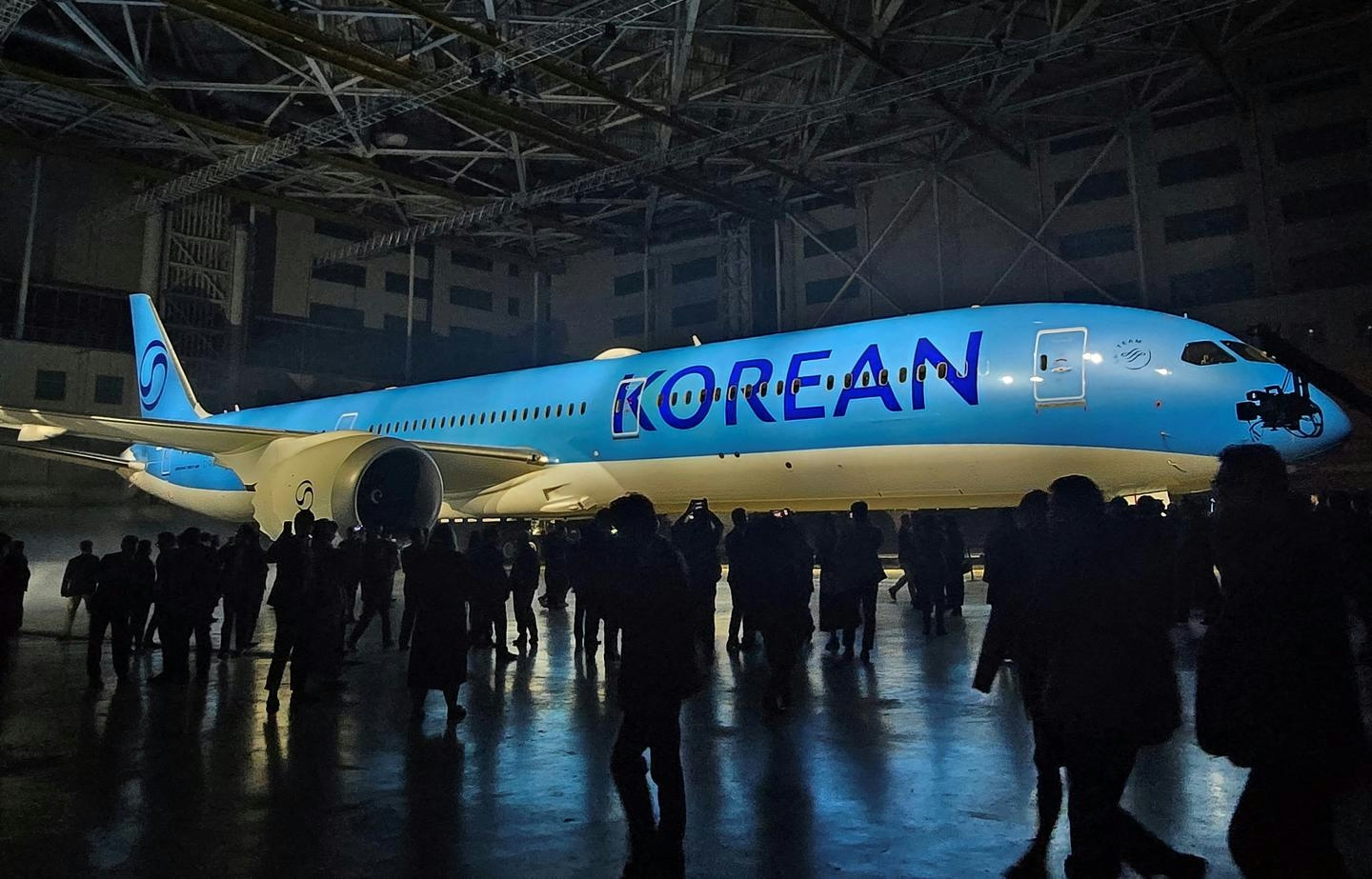
Boeing Anticipates Robust Expansion in South Korea’s Aviation Sector
Boeing is intensifying its strategic focus on South Korea, identifying the nation as a key driver of aviation growth within Northeast Asia amid a resurgence in air travel and ongoing supply constraints. At a recent press briefing, Dave Schulte, Boeing’s managing director of regional marketing, underscored South Korea’s dynamic aviation market, highlighting substantial increases in both domestic and international passenger traffic.
Since 2005, South Korea has experienced remarkable growth in air connectivity. The number of airport pairs has nearly tripled, monthly flights have more than doubled from 24,000 to 55,000, and available seats have increased from 5 million to 12 million per month. Boeing projects that passenger demand across Northeast Asia—including South Korea, Japan, and Taiwan—will grow at an annual rate of approximately 2.5 percent over the next two decades, surpassing the region’s anticipated economic growth of just over 1 percent. Specifically, South Korea’s passenger traffic is expected to rise by 3.7 percent annually over the next ten years.
Market Drivers and Fleet Modernization
Schulte attributed this optimistic forecast to South Korea’s sustained strength in long-haul international routes alongside a rapidly expanding domestic market, anchored by the world’s busiest air route between Seoul’s Gimpo Airport and Jeju Island. The domestic market alone has grown by around 8 percent since 2019, while Northeast Asia’s regional traffic has increased by nearly 20 percent. Long-haul markets have also expanded by more than 4 percent during this period.
Boeing estimates that Northeast Asia will require approximately 1,515 new aircraft by 2044, with nearly 30 percent of these deliveries destined for South Korea. While the majority of these will be single-aisle jets, close to 40 percent are expected to be twin-aisle widebody aircraft. Schulte emphasized the importance of new-generation aircraft, which offer fuel efficiency improvements of 20 to 25 percent, a critical factor as airlines seek to modernize their fleets and reduce operational costs.
This growth outlook is reflected in Korean Air’s record-breaking order in August for 103 Boeing aircraft, marking the largest purchase in the airline’s history and Boeing’s most significant widebody deal from an Asian customer. Schulte described the agreement as a strong endorsement of Boeing’s products and its longstanding partnership with Korean Air.
Cargo operations also remain a vital component of South Korea’s aviation sector. Incheon International Airport, the largest cargo hub in Northeast Asia, handled approximately 1.4 million metric tons in the first half of the year, surpassing regional competitors such as Taoyuan and Narita airports. The airport serves as a major transit point for cargo moving throughout Asia and across the globe.
Challenges and Competitive Landscape
Despite these promising developments, Boeing faces considerable challenges within South Korea’s competitive aviation market, dominated by local carriers Korean Air and Asiana Airlines. Successfully navigating the country’s regulatory environment and market dynamics will be essential, particularly as competitors may respond with intensified marketing efforts and strategic alliances to protect their market share. Industry observers remain cautiously optimistic about Boeing’s growth prospects, balancing enthusiasm for new orders against lingering concerns over the company’s recovery following the Max aircraft crisis.
Boeing’s ongoing development of a new single-aisle jet and advancements in next-generation engine technology are expected to influence its competitive positioning in South Korea. The company also views the aviation sector as a significant economic multiplier, projecting that Northeast Asia will require approximately 92,000 new aviation professionals over the next two decades, including 23,000 pilots, 27,000 technicians, and 42,000 flight attendants. Schulte highlighted the broader economic impact, stating that the introduction of new aircraft into the region will directly contribute to GDP growth, production expansion, and increased trade activity.
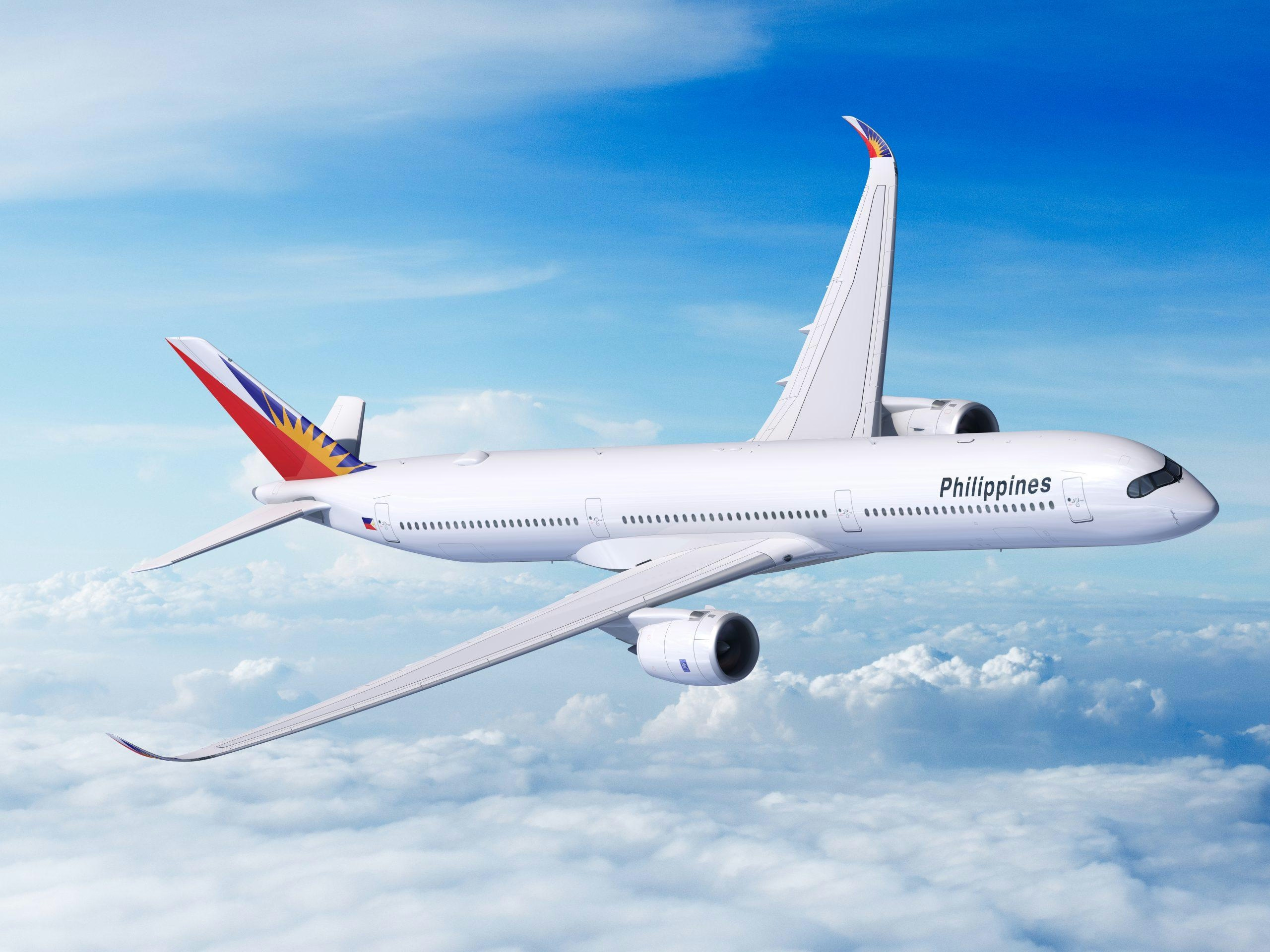
BOC Aviation Completes Sale-Leaseback Deal with Philippine Airlines
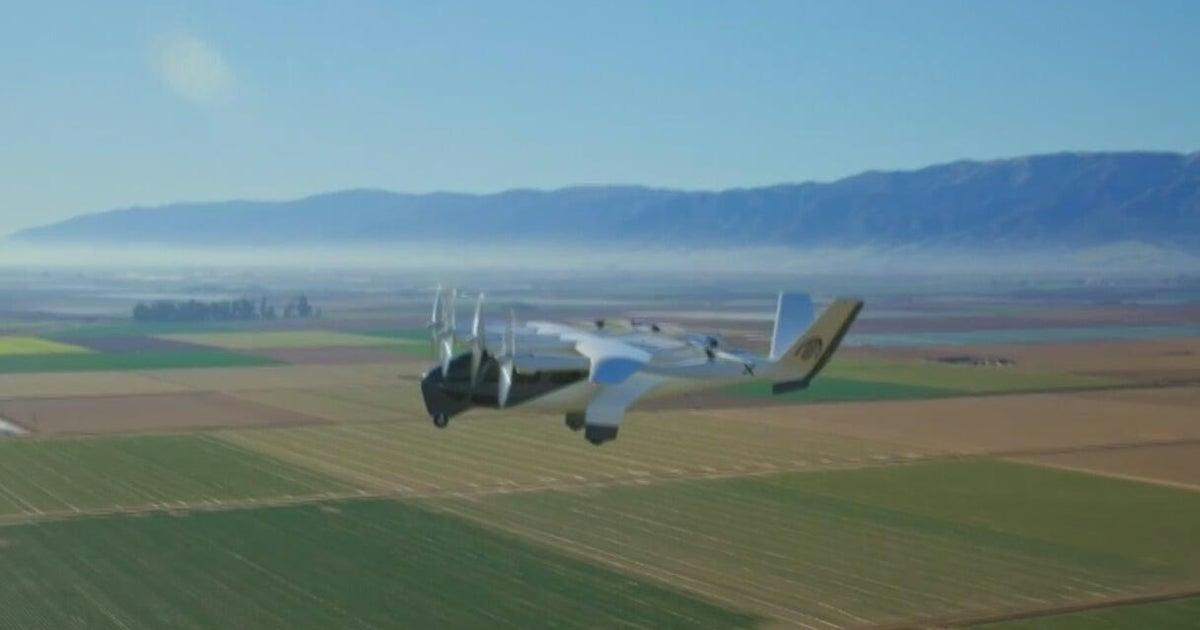
Air taxis promise relief from Miami’s worsening traffic
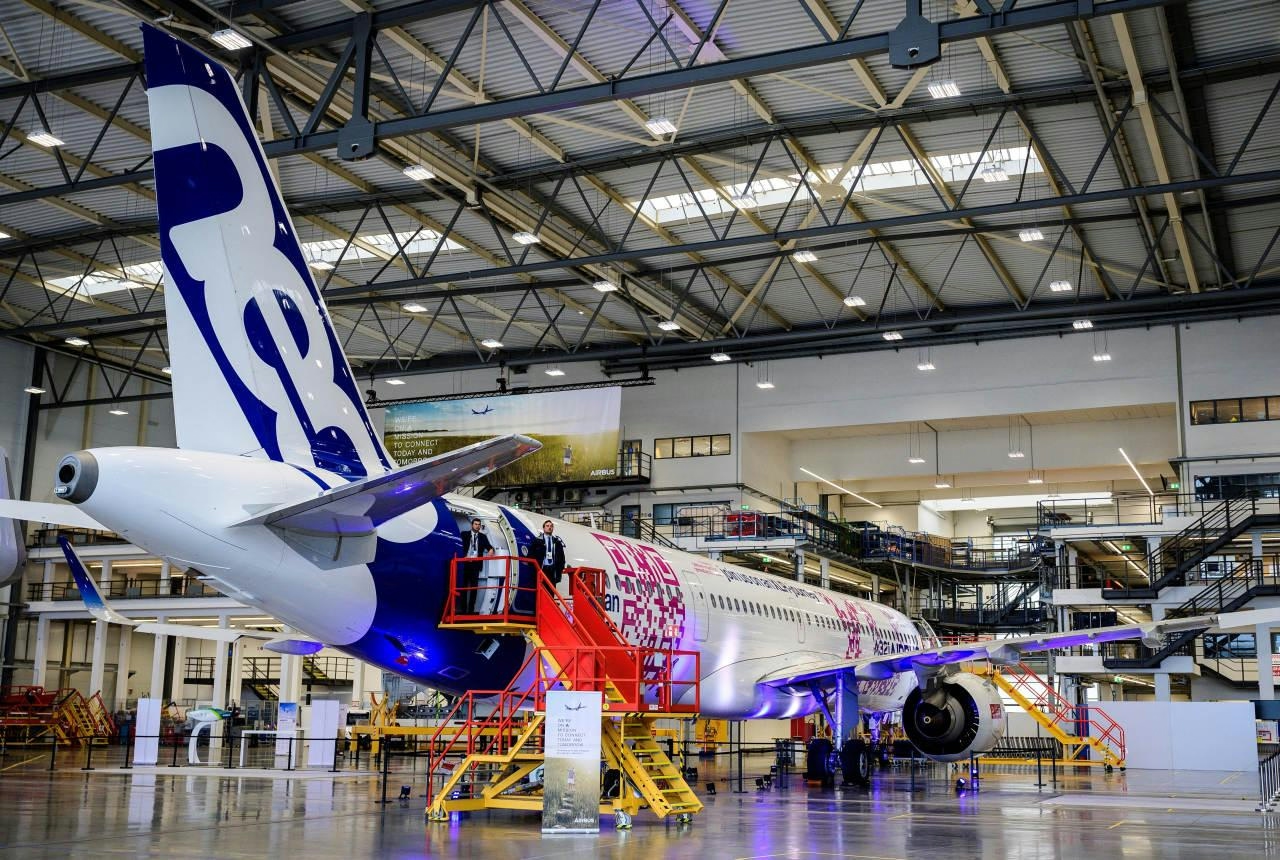
Philippine Airlines Orders Five Airbus A320s in $490 Million Deal
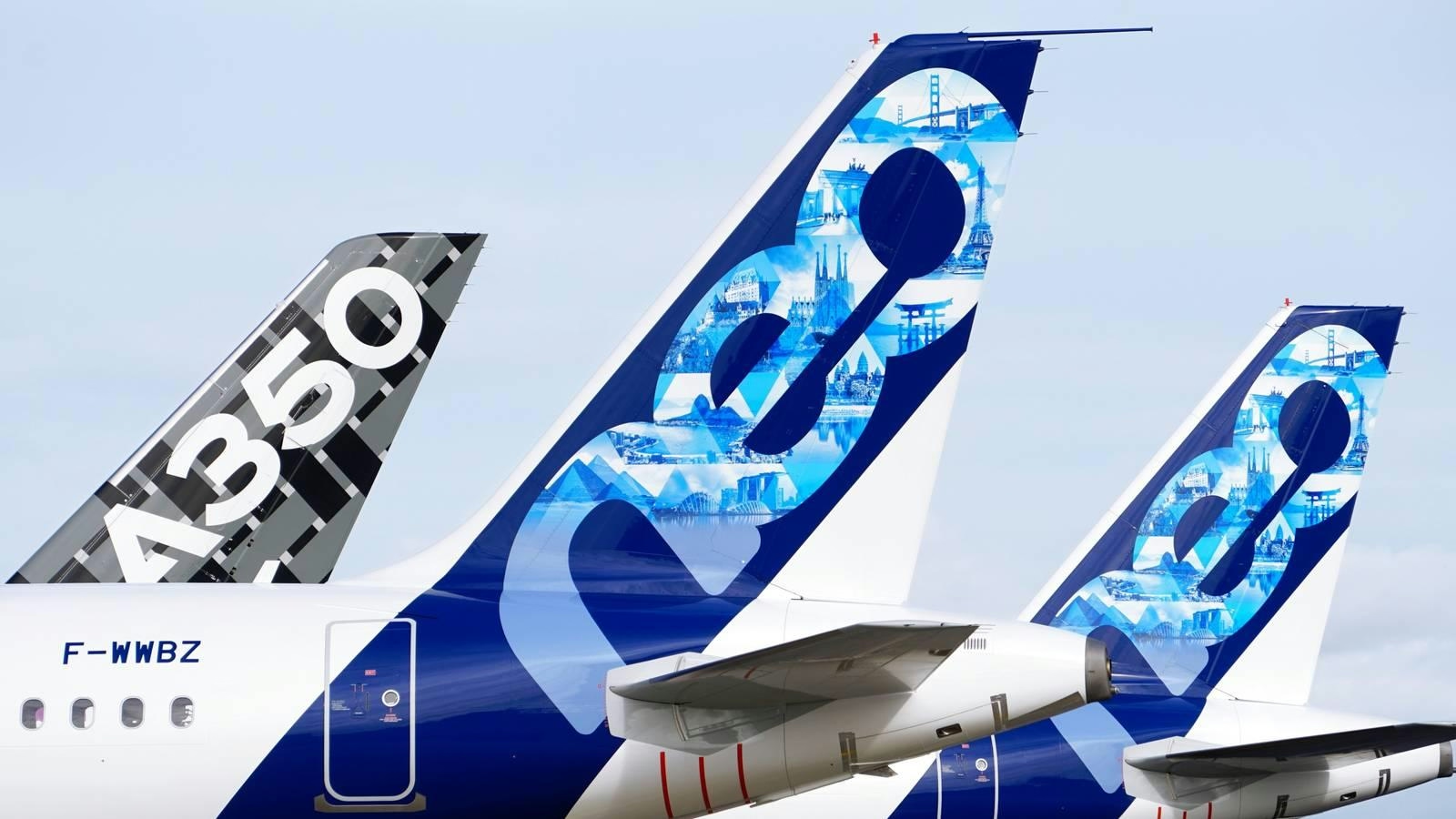
Airbus Lowers Annual Delivery Forecast
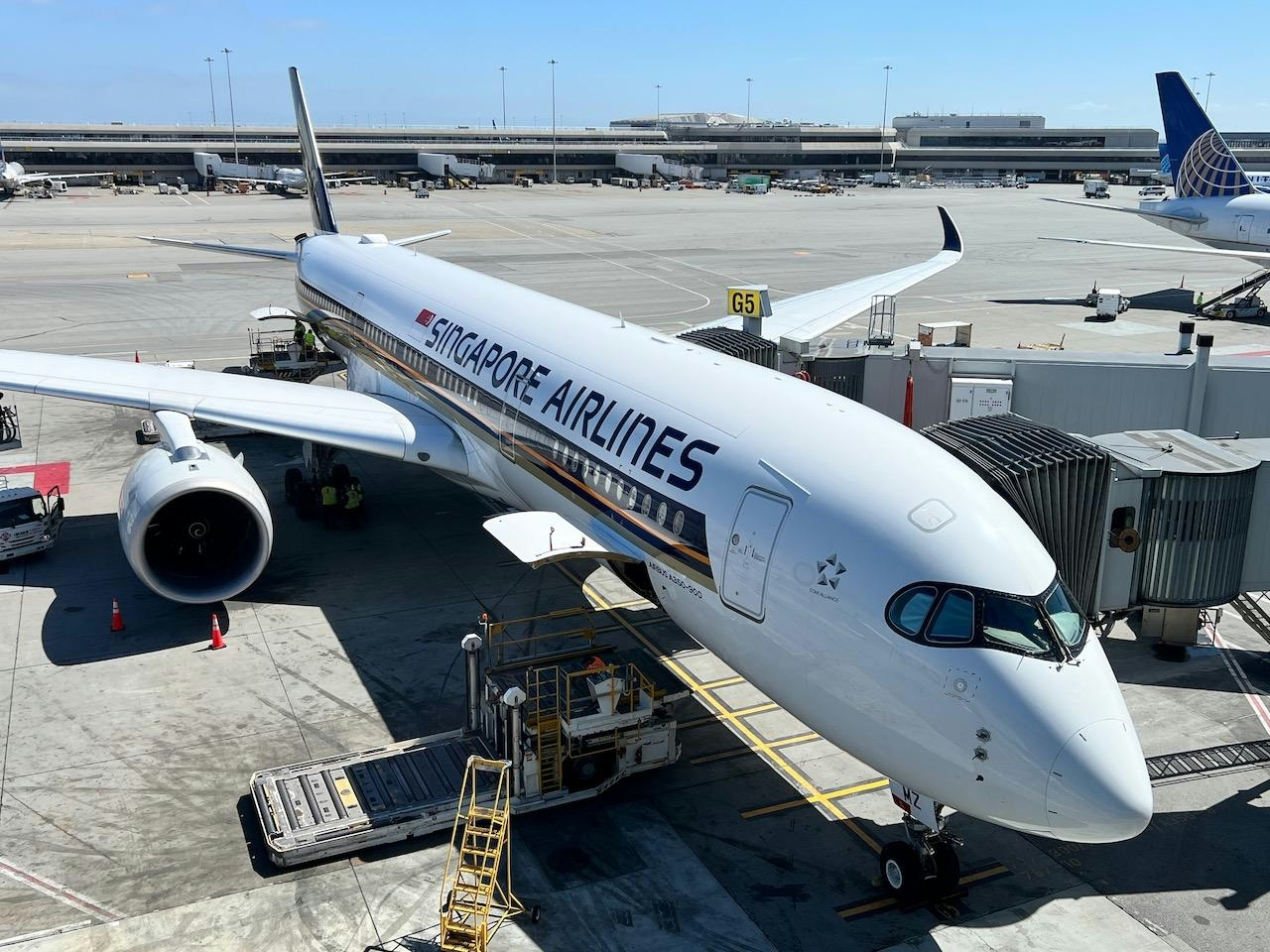
Base Maintenance Malaysia Conducts First Heavy Check on Singapore Airlines Airbus A350
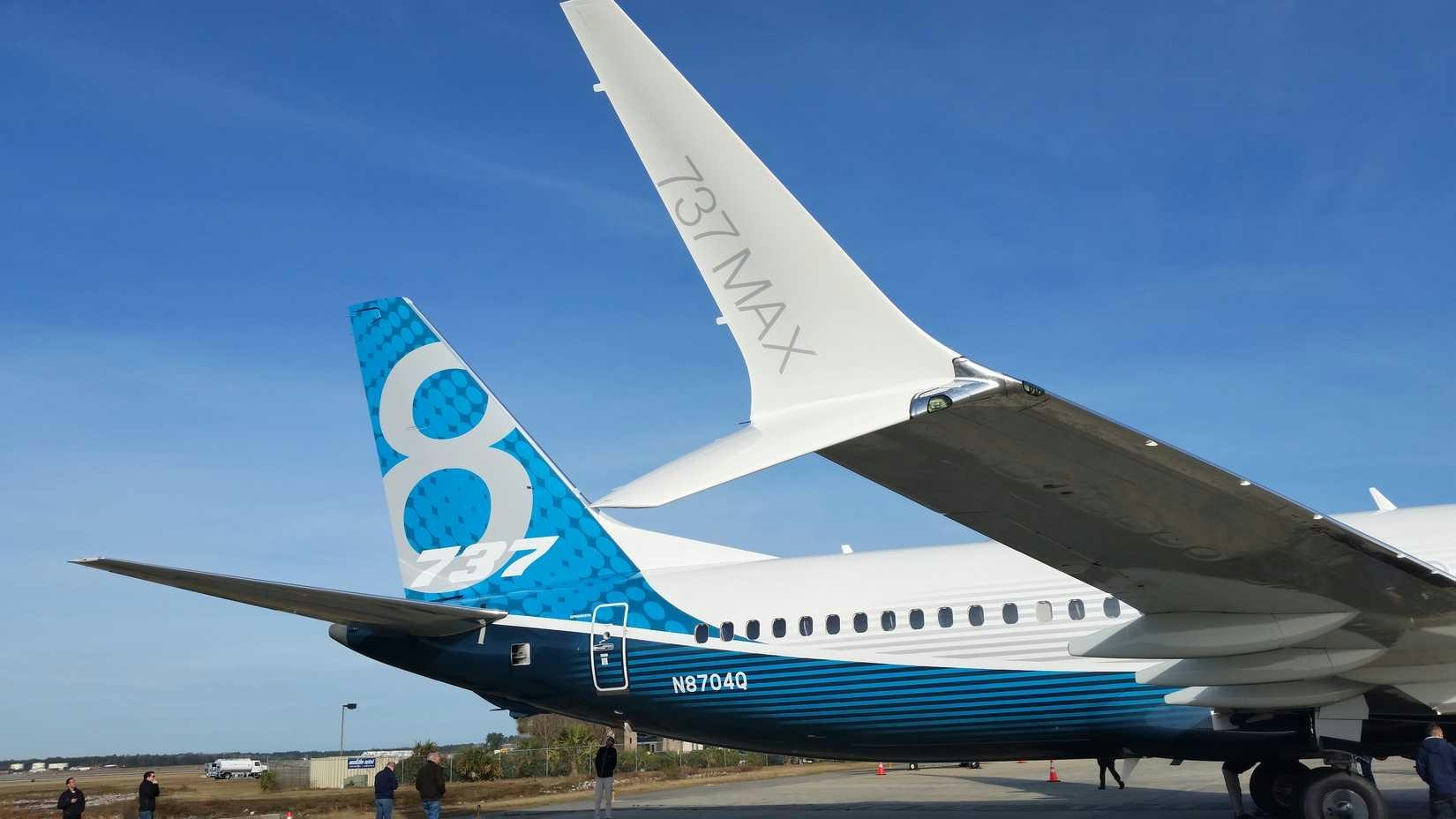
DAE to Lease Ten Boeing 737 MAX 8 Aircraft to AJet Through Turkish Airlines

BOC Aviation to Lease Two Airbus A350-1000 Aircraft to Philippine Airlines
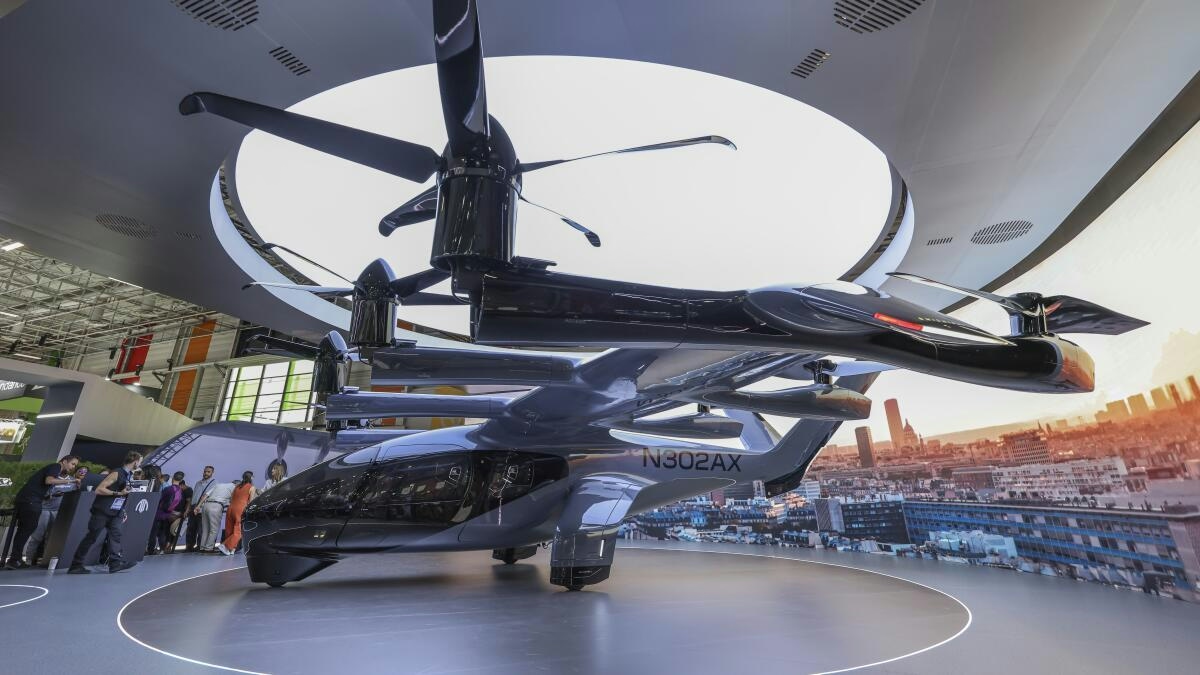
What to know about Midnight, an all-electric air taxi that could change the way we move across South Florida
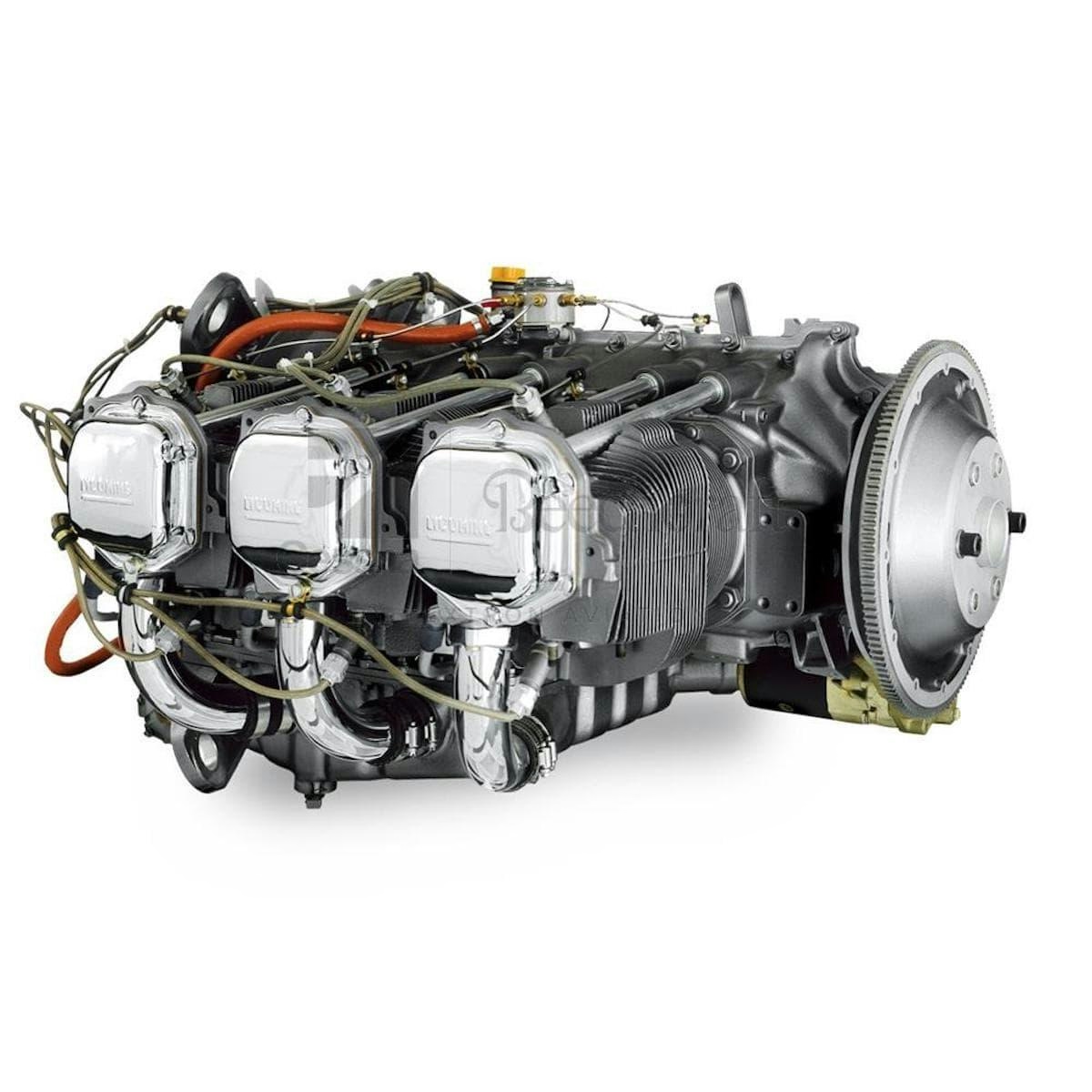
Ask Paul: Consequences of Skipping Due Diligence
